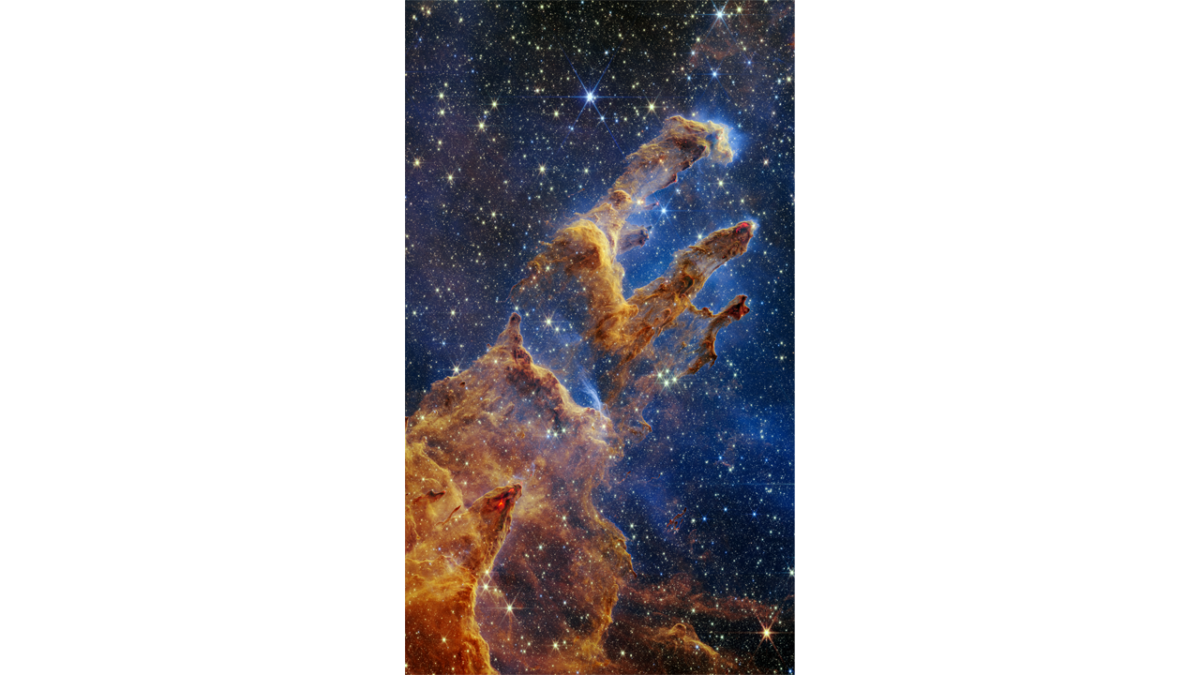A Global Tapestry of Yuletide Traditions: Ancient Echoes in Modern Celebrations
Embark with me on a captivating journey around the globe, tracing the evolution of festive traditions as we cross continents and delve into the fascinating tapestry of time. Starting at 0°N 0°E, we’ll travel eastward twice, first exploring ancient rituals that ignited the spirit of the season, and then returning to see how they echo in vibrant modern celebrations.
Ancient Echoes: The First Journey Eastward
1. Mesopotamia (Iraq): 5,000 Years Ago
Our journey begins in ancient Mesopotamia, where the winter solstice was celebrated around 5,000 years ago with the Akitu festival. This 11-day extravaganza honored the gods, involved offerings and processions, and culminated in a symbolic battle between Marduk, the god of light, and Tiamat, the sea goddess of chaos, representing the triumph of light over darkness.
2. China: 2,000 Years Ago
Across the Eastern Hemisphere, in ancient China, the winter solstice brought the Dongzhi festival, marking the shortest day and the turning point towards longer days. Families gathered for feasts, offered sacrifices to ancestors, and celebrated the renewal of life and the return of light.
3. Scandinavia: 1,000 Years Ago
In Viking Scandinavia, Yuletide was a boisterous 12-day feast honoring the god Odin and the sun god Freyr. Bonfires blazed, drinking horns overflowed, and sacrifices were made to ensure a bountiful harvest in the coming year. The tradition of the yule log has its roots in these ancient fire celebrations.
4. Egypt: 2,500 Years Ago
Along the banks of the Nile, ancient Egyptians celebrated the winter solstice with the festival of Khoiak, dedicated to the god Osiris, who symbolized death and rebirth. Bonfires were lit, offerings were made, and people rejoiced in the promise of renewed life in the spring.
Modern Celebrations: The Second Journey Eastward
1. China: Lantern Festival
Fast forward to present-day China, where the vibrant Lantern Festival illuminates the Lunar New Year with a dazzling display of lanterns. This tradition echoes the ancient Dongzhi festival’s theme of light and renewal, symbolizing good fortune and warding off evil spirits.
2. Scandinavia: Christmas Traditions
In modern Scandinavia, Christmas traditions like the yule log fire and gift-giving resonate with the echoes of Viking Yuletide. Families gather for festive meals, exchange presents, and enjoy the warmth of togetherness, connecting to their ancient ancestors who celebrated the return of light.
3. Egypt: Coptic Christmas
Egyptian Christians celebrate Coptic Christmas on January 7th, with traditions that trace back to the early days of Christianity. Midnight mass, special foods like fatir meshaltet (bread of the Nativity), and festive decorations reflect the ancient Egyptian reverence for light and rebirth.
4. Global Christmas: A Fusion of Influences
Across the world, Christmas celebrations embrace a delightful amalgamation of influences. The decorated fir tree, a symbol of life and hope, draws upon ancient pagan traditions. Gift-giving reflects the story of the Magi bearing gifts to Jesus, while nativity scenes echo the reverence for his birth.
As we complete our global journey, we see how ancient echoes resonate in modern celebrations, weaving a rich tapestry of cultural traditions that unite us in the spirit of the festive season. From the warmth of the yule log fire to the twinkling lights of the Christmas tree, we celebrate the triumph of light over darkness, the renewal of life, and the joy of sharing and giving.
This is just a glimpse into the vast and fascinating world of festive traditions. Each culture and region adds its own unique threads to the tapestry, making the festive season a truly global celebration of light, hope, and goodwill.
Feel free to ask if you’d like to delve deeper into any specific tradition or explore another region of the world!

